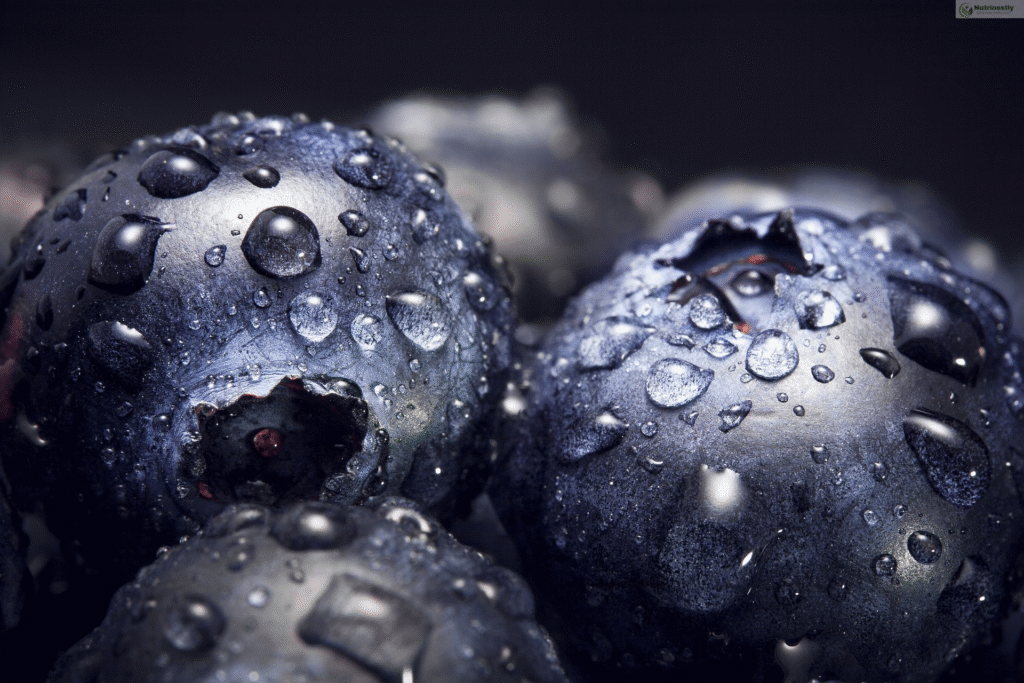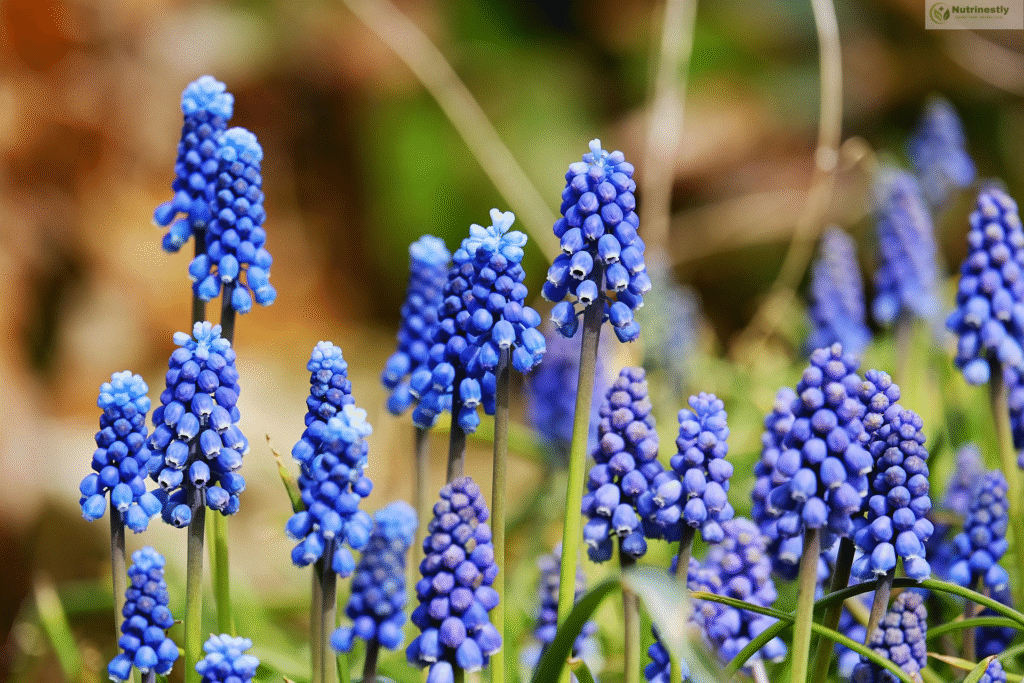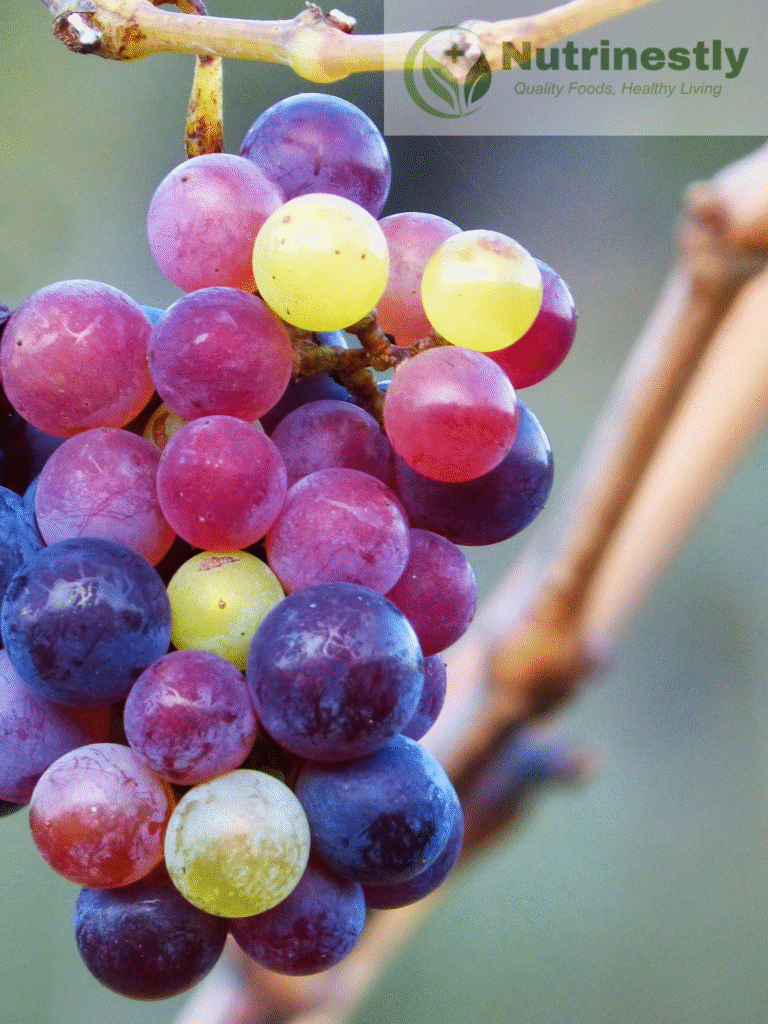
1. Welcome to Blue Fruits
Astonished by how beautiful blue can become blueberries, blackberries, or dark, dark blue, even the blue corn? Secrets of nature are not only in the eyes of the enigmatic and fascinating color but also in health-nutrients.
What are Blue Fruits?
Blue fruit is a naturally occurring color and therefore named blue, indigo, or deep purple because it is so rich in anthocyanins, a super-antioxidant. Blue fruit is less available than red fruit or green fruit, but chefs and nutritionists can never have too much of its color, flavor, and nutritional content.
Why Does Color Matter?
Flash doesn’t trigger fruit color, it’s a nutrient. Blue, indigo, and purple colors are an indication of phytonutrients such as anthocyanins and flavonoids. They’ve been associated with lessened inflammation, healthy hearts, and even clearer heads. Darker, the better, for antioxidants.
Blue fruit has been on the planet since before humans, but it’s yet to get its day in the sun, and its rich, colorful world of nutrients is yet to catch up.
2. Blue Fruits’ Nutrition
One of the strongest reasons blue fruits are a necessity on your plate is the solid-rock nutrient value.
Antioxidants Galore
The bright blue hue in blue fruits is due to anthocyanins, a highly active family of antioxidant plant pigments. Antioxidant pigments eliminate free radicals from the system, reducing oxidative stress, aging, and chronic diseases such as cancer and heart disease.
Vitamins and Minerals
Blue fruits are also rich in vitamins C and K, manganese, and dietary fiber. Vitamin C supports the immune system, while vitamin K regulates bone metabolism and blood clotting.
Anti-Inflammatory Effects
Blue fruits such as blueberries and blackberries have been clinically shown to combat inflammation in the body and thus deter disease recurrences such as arthritis, cardiovascular disease, and metabolic syndrome.
Heart Health Champions
Blue fruit daily intake is the same as having low blood pressure and good cholesterol. They calm your arteries and soften and make them flexible, and reduce plaque deposits.
3. Blue Fruit Superstars and Their Features

Here, let us talk about the blue fruit stars and their features.
Blueberries
- Taste: Slightly tart, sweet
- Preparation: Baking, smoothies, cereals, salads
- Benefits: Fiber content, aids digestion, improves memory
Blackberries
- Taste: Earthy sweetness, rich
- Use: Desserts, jam, salad, breakfast bowls
- Nutritional benefit: Fiber, manganese, and high in vitamin C
Blue Grapes (Concord, Moon Drops)
- Taste: Sweet, juicy, normally tart
- Use: Snack, wine, juice, salad
- Nutritional value: Resveratrol content enhances cardiovascular and skin health
Other Less Common Blue Fruits
Blue Corn: Filler for tortillas and snack foods; fiber and anthocyanins content
Blue Potatoes: Potassium and antioxidant source; visually appealing alternative to white potatoes
Haskap Berries: Sour and tart, with antioxidant content three times that of blueberries
Elderberries: Use in syrups and tea; support immunity
4. Incorporating Blue Fruits into Your Everyday Life
You can incorporate more blue fruits into your everyday life in many different ways. Have fun with these simple, fun ideas:
Breakfast Boosters
- Blend fresh blueberries into oat meal, yogurt parfaits, or pancake batter
- Blend blackberries, bananas, and spinach to create a healthy smoothie
Desserts That Delight
- Prepare a blueberry tart with flair in a granola crust
- Prepare blackberry or blue corn ice cream at home
Savory Treats
- Combine blue grapes or blueberries with spinach salad, goat cheese, and walnuts
- Top grilled chicken or pork with blueberry compote
Healthy Snacks
- Freeze blueberries and blackberries to create a cold, refreshing palate cleanser
- Indulge in blue corn muffins or treat yourself to blue potato chips in moderation
5. Cultivating Blue Fruits for Your Garden
Blue in your garden? Blue fruits are simple to grow and worth every bit.
Fruits and Vegetables to Plant
Blueberries: Acidic soil required; requires full sun
Blackberries: Easy and hardy to use; require support such as a trellis
Blue Grapes: Warm climates and drainage

CARE Needs
- Sun and drainage
- Mulch with organic water
- Prune the plants annually to get maximum yield
Seasonal Crop
- Blueberries and blackberries mature in mid-to-late summer
- Blue grapes mature in early fall
6. Where in the World Can Blue Fruits Be Found
Blue fruits aren’t only healthy, they’re abundant in culture too.
Indigenous Cultures
- Blueberries and elderberries were used medicinally and as a dye by the indigenous cultures
- Blue corn is revered by most Southwestern tribes and used in banquets and rituals of ancient times
World Cuisine
- French clafoutis and sauce welcome blueberries with open arms
- Elderberries are used in traditional tea and Asian medicine
Cultural Symbolism
- Blue soothes, symbolizes wisdom, and heals in most cultures
- Blue fruit in paintings is equivalent to shortage and abundance
7. Blue Fruits and Health Research
Science confirms what ancient human beings knew long ago: blue fruits are healthy for us.

- Brain Function
More blueberry and strawberry intake by the elderly, a Harvard study finds, led to less loss of brain function. Brain function, communication, and memory are improved by antioxidants.
- Heart Health
Blueberry daily consumption lowers the risk of heart attack by 32% in middle-aged women, according to a Circulation, a journal study finds
- Cancer Prevention
Anthocyanins suppressed cancer cell growth and killed cancer cells, but did not affect normal cells.
- Diabetes Control
Blue fruits were found to make the body more sensitive to insulin and control blood sugar levels.
8. Storage and Preservation of Blue Fruits
The simplest way to consume blue fruits year-round is to preserve and store them.
Tips for Storage
- Dry and store fresh berries
- Store containers airtight to prevent mold
Freezing and Canning
- Flash freeze fruits in a tray and pack in containers
- Create homemade jams using low-sugar pectin so they can be shelf-stable
Homemade Preserves
- Blueberry Jam: Blueberries, lemon juice, and pectin
- Blackberry Syrup: Yummy to drizzle over pancakes or use as an additive for cocktails
- Elderberry Jelly: Immunity booster
9. Eco-Friendly and Sustainable Farming Practices
Go green out of the blue and treat yourself to your favorite blue fruits.
Organic and Local First
- Use pesticide-free cultivated fruits to avoid chemicals that kill
- Purchase locally grown produce from local farms to reduce transport emissions and keep fruits
Sustainable Practices
- Support rotation and companion planting for wholesome soil
- Avoid waste by using rainwater harvesting and composting
Why It Matters
Organic farming saves biodiversity, empowers small farmers, and leaves blue fruits for future generations.

10. Conclusion: The Blue Fruit Power
Blue fruit isn’t just stunning looks by chance; these food giants add flavor, hue, and health to your meal. From centuries of folkloric origins to current high-tech research on wellness, these awe-inspiring wonders of nature will find a home at your table.
So, next time, grab the blue in the supermarket or while gardening. Bring in the grandeur, taste, and blue power of blue fruit and make the flavor jump to a healthier you.
Call to Action:
Share below your favorite blue fruit recipe or tag us on Instagram with your stunning blue creations! #BlueFruitsPower

